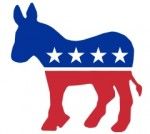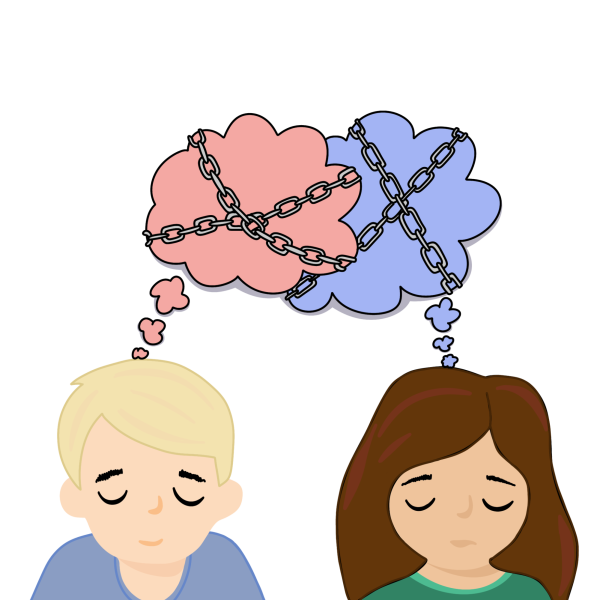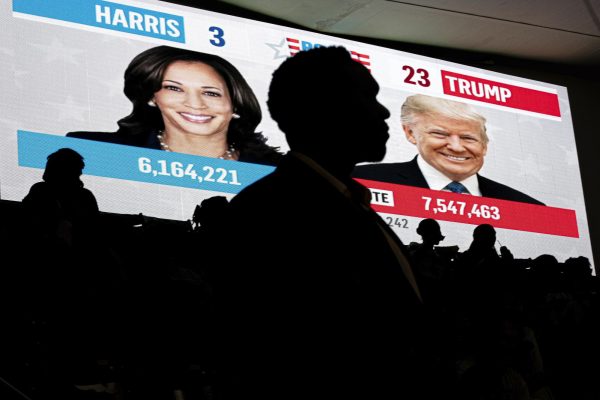What’s Left: The Federal Reserve

It has been three years since the United States entered a recession brought on by the sub-prime mortgage crisis. Sub-prime lenders gave loans to people whom they knew would not be able to pay off mortgages at high interest rates. Imagine what it is like to believe you are paying a set amount of interest for a mortgage only to have that mortgage drastically increased years later – that is what happened to millions of Americans beginning in 2007. A rise in mortgage defaults and foreclosures led to the bankruptcy of many sub-prime mortgage lenders, leading to the foreclosure of the homes of many American homeowners. This high rate of foreclosures led to the housing meltdown that was the catalyst for the economic recession the United States and foreign countries now face.
The Federal Reserve had countless opportunities to make a difference in this unfortunate situation. Although it seems that the recession was inevitable (the housing bubble was bound to burst at some point), the Federal Reserve should have issued oversights to hold sub-prime lenders accountable for their actions. Leading up to the sub-prime crisis, many Federal Reserve members issued caution of what could potentially happen in the future. Instead of taking heed of members’ cautions regarding sub-prime lenders, the Federal Reserve turned a blind eye allowing these lenders to prey upon borrowers. In light of the ways in which the sub-prime crisis has turned into a full-blown recession, the Federal Reserve now has a chance to redeem itself and prevent future sub-prime crises. The Federal Reserve (as it is doing now) should create a department dedicated to supervising the sub-prime sector and making them accountable to American homeowners.
Also, the Federal Reserve should continue lowering interest rates so that American homeowners have the comfort of knowing that they will no longer be prey for sub-prime lenders. I agree with Federal Reserve Chairman Ben Bernanke when he states that the Federal Reserve’s measures – emergency lending programs, purchases of government debts, etc. – helped to stabilize the economy and restore credit. It is important to remember that in order for the economy to prosper, America must be financially stable. Although I disagree with the way the Federal Reserve handled sub-prime lenders before the mortgage crisis, I wholeheartedly agree with the initiatives they have taken since the crisis began. In 2009, the Federal Reserve conducted tests to analyze the strength of that nation’s largest banks – this combined with the Troubled Asset Relief Program is one of the best things the Federal Reserve has done thus far. The Troubled Asset Relief Program bailed out numerous financial institutions, which in turn prevented further financial collapse. I argue that the initiatives the Federal Reserve has taken to date is preventing a crisis which rivals the Great Depression.
Hopefully, in the future if another recession arises, Americans will have the knowledge that the Federal Reserve did all it possibly could to prevent such incidents.
Contact Dena Robinson at [email protected].





